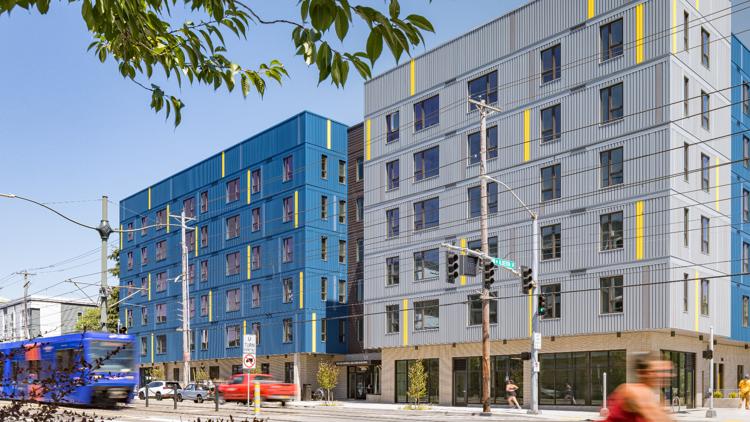SALEM, Ore. — A new "State of the State's Housing" report released this month highlights the depth of Oregon's housing crisis — both the long-simmering buildup as population growth outpaced home construction for years and then the massive cost increases that brought it all to a head during the pandemic.
The crisis has been building for decades, but the study points to the 2010s as the point where the crunch really set in, particularly the period from 2015 to 2019, during which the state's rate of new residents was triple the rate of new housing units.
The housing market surge at the start of the pandemic supercharged the problem, with home prices rising by an average of $68,000 from May to September of that year, an increase that would normally have taken years.
The median sale price of a home in Oregon was about $294,000 at the end of 2012. It rocketed up to a peak of just under $563,000 at the end of 2021, before falling back slightly to about $520,000 at the end of 2023.
The housing gap is especially pronounced for very low-income and extremely low-income households, the report found, where there are only about 113,000 affordable units available and about 242,000 families that need housing.
The overall homeownership gap between white and BIPOC Oregonians shrank over the past decade, the report found, dropping from 18.9% to 15.3%, but the gains weren't felt evenly. The rate of Black homeownership specifically remained essentially flat, dropping from 34.9% in 2013 to 34% in 2022.
The state's overall homeownership rate also saw relatively little change, according to the report, going from 62% in 2013 to 63.2% in 2022.
The past decade has been pushing for renters as well, though not consistently. The report found that renter income rose faster than average rents from 2017 to 2020, with average rent rising by only $20 per month during that time, but those gains were erased by big spikes in rent during the pandemic years.
The average cost of a one-bedroom apartment in 2023 was $1,254, according to the report. A person is considered rent-burdened if they have to spend more than 30% of their income on rent, which in this case would mean they would need to earn at least $50,166 to comfortably afford an apartment. Looking at different occupational groups, the report found that only about 48% of them paid that high on average.
The report also found that Oregon has the highest rate of unsheltered child homelessness out of all the states by a large margin, at 19.9 per 10,000 children, 14 times the national average. About 3.89% of Oregon students were homeless as of 2023, with nine districts reporting rates of over 10% and two districts reporting rates of over 20%.



